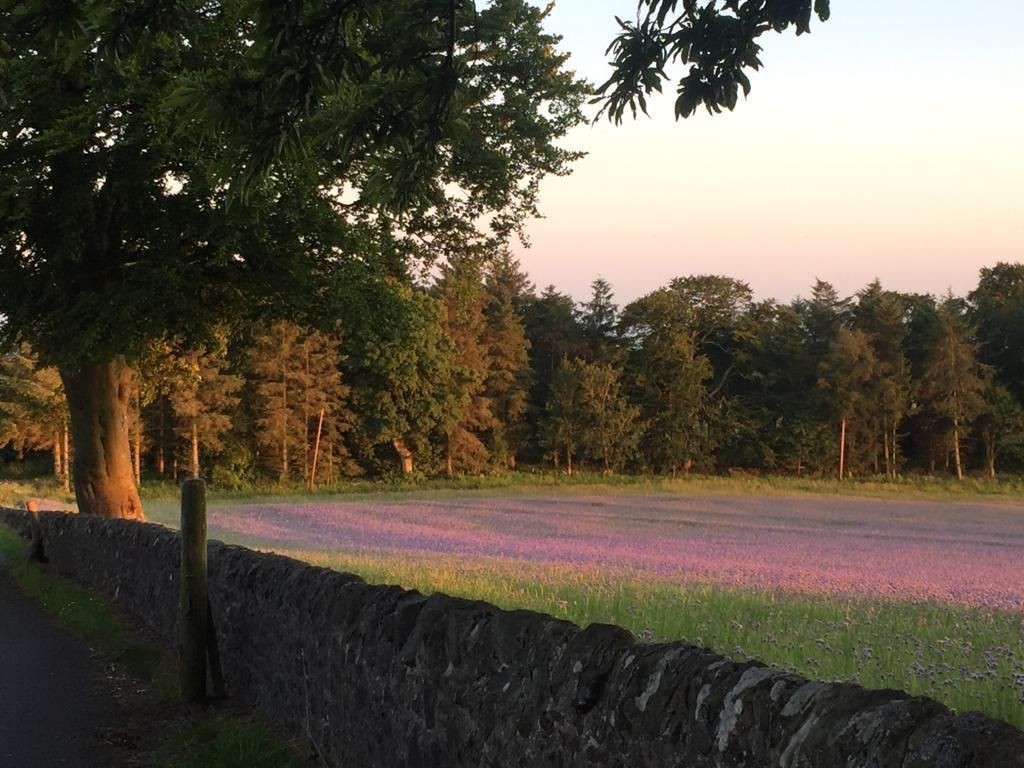
Lara's Raw Honey from Fife, Scotland
Lara’s bees usually produce enough raw honey for family and friends but 2020 has been a bumper year for raw, artisan Scottish honey.


Lara’s bees usually produce enough raw honey for family and friends but 2020 has been a bumper year for raw, artisan Scottish honey.
Lara is a very dear old friend who keeps bees in a beautiful part of rural Fife, overlooking the Firth of Forth and surrounded by fields and woodland. Normally, Lara’s bees produce enough honey for family and friends with perhaps a small surplus to sell in the local village.
When I popped in to see her a few weeks ago, however, she was surrounded by jars of honey – apparently 2020 has been a bumper year! Lara puts that down to lockdown and the fact that she’s been around a lot more than usual to look after, and split, her hives.
If you have a large, healthy hive, it is possible to create a new colony from it by making what is called a split. The basic concept of making a split is that you take a portion of an established colony and transfer it to a separate hive thereby creating two colonies. The end goal is to have two colonies, each with sufficient worker bee populations, stores and their own queen. (If you're really interested in beekeeping have a look at this great website here >>>)
There are many reasons for making a split. Some beekeepers make splits to increase their apiary or to sell to other beekeepers. Others use splits as a form of swarm control, mite control or to reduce the size of a large colony.
With time on her hands, Lara was able to pay closer attention to her growing colony and decided to create splits to keep her bees happy. The good news?
Double the hives = Double the honey!
All of Lara's honey is raw unprocessed and therefore slightly cloudy and will set over time. Which brings me to my next interesting honey fact!
If you're new to good raw honey you may mistakenly believe that when honey crystallizes or goes solid, it has somehow gone off. In fact it is quite the opposite!
Most honeys will at some point become crystallized or set and this is a sign that the honey is genuine raw honey and that it has not been filtered or processed.
The reason why some honeys crystallize quickly and others do not, and also why different honeys vary in taste and flavour is all down to the type of flower that bees visit to gather nectar.